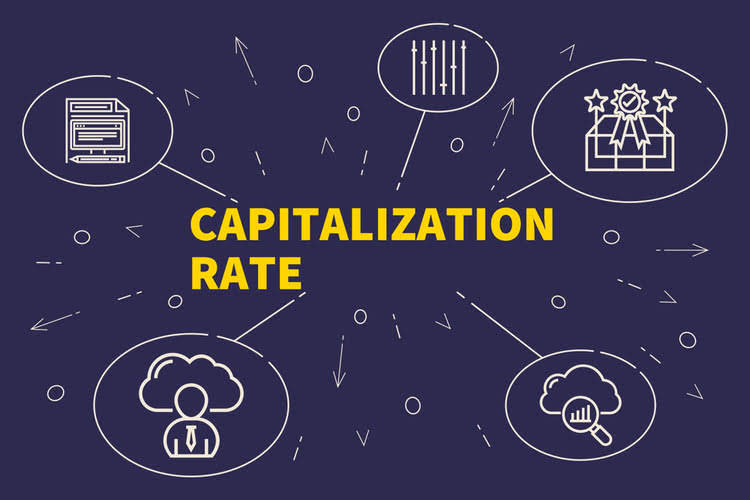Closing Entries: Step by Step Guide

Since QuickBooks automates the year-end close, you don’t have to get caught up with all of these manual entries unless something was to go wrong. Even then you can get a bit of help or an accountant closing entries to sort you out. We’re firm believers in the Golden Rule, which is why editorial opinions are ours alone and have not been previously reviewed, approved, or endorsed by included advertisers.
How to Prepare Your Closing Entries

You have also not incurred any expenses yet for rent,electricity, cable, internet, gas or food. This means that thecurrent balance of these accounts is zero, because they were closedon December 31, 2018, to complete the annual accounting period. Our discussion here begins with journalizing and posting theclosing entries (Figure5.2). These posted entries will then translate into apost-closing trial balance, which is a trialbalance that is prepared after all of the closing entries have beenrecorded. After the closing journal entry, the balance on the drawings account is zero, and the capital account has been reduced by 1,300.
- All accounts can be classified as either permanent (real) ortemporary (nominal) (Figure5.3).
- Businesses can easily open and close accounts every period by using accounting software to track all financial transactions throughout a given period.
- Instead the balances in these accounts are moved at month-end to either the capital account or the retained earnings account.
- Closing entries are performed after adjusting entries in the accounting cycle.
- The closing entries serve to transfer these temporary account balances to permanent entries on the company’s balance sheet.
Preparing a Closing Entry

To determine the income (profit orloss) from the month of January, the store needs to close theincome statement information from January 2019. To further clarify this concept, balances are closed to assureall revenues and expenses are recorded in the proper period andthen start over the following period. As the drawings account is a contra equity account and not an expense account, it is closed to the capital account and not the income summary or retained earnings account. Suppose a business had the following trial balance before any closing journal entries at the end of an accounting period.
Step 1: Transfer Revenue
- Usually, where the accounting is automated or done using software, this intermediate income summary account is not used, and the balances are directly transferred to the retained earnings account.
- Retained earnings are those earnings not distributed to shareholders as dividends, but retained for further investment, often in advertising, sales, production, and equipment.
- These accounts, including examples like cash, accounts receivable, accounts payable, and retained earnings, carry their ending balances into the next accounting period and are not reset to zero, unlike temporary accounts.
- He has been the CFO or controller of both small and medium sized companies and has run small businesses of his own.
- Then, credit the income summary account with the total revenue amount from all revenue accounts.
Closing entries transfer the balances from the temporary accounts to a permanent or real account at the end of the accounting year. The accounts that remain in the accounting equation after closing are called permanent accounts. Assets, liabilities, common stock, and retained earnings are not closed at the end of the period because they are not used to measure activity for only one specific period. Only incomestatement accounts help us summarize income, so only incomestatement accounts should go into income summary. What is the current book value ofyour electronics, car, and furniture?

Cash Flow Statement: Demystified & Explained (For Beginners)
Temporary account balances can be shifted directly to the retained earnings account or an intermediate account known as the income summary account. Permanent accounts track activities that extend beyond the current accounting period. They’re housed on the balance sheet, a section of financial statements that gives investors an indication of a company’s value including its assets and liabilities. Now, our temporary accounts have been closed, and the net income of $30,000 has been added to Retained Earnings.
Accounting made for beginners
To get a zero balance in the Income Summaryaccount, there are guidelines to consider. All accounts can be classified as either permanent (real) ortemporary (nominal) (Figure5.3). Chartered accountant Michael Brown is the founder and CEO of Double Entry Bookkeeping. He has worked as an accountant and consultant for more than 25 years and has built financial models for all types of industries.
Trial Balance

Note that by doing this, it is already deducted from Retained Earnings (a capital account), hence will not require a closing entry. Take note that closing entries are prepared only for temporary accounts. Temporary accounts include all revenue and expense accounts, and also withdrawal accounts of owner/s in the case of sole proprietorships and partnerships (dividends for corporations). The retained earnings account is reduced by the amount paid out in dividends through a debit and the dividends expense is credited. The cyclical reporting of accounting periods can span monthly, quarterly, and annual time frames.
Closing Entry Shortcuts and Software Handling
- The income summary account is another temporary account, only used at the end of an accounting period.
- The beautiful thing is that some accounting programs like QuickBooks, make these entries for you.
- Now, it’s time to close the income summary to the retained earnings (since we’re dealing with a company, not a small business or sole proprietorship).
- A net loss would decrease retained earnings so we would do the opposite in this journal entry by debiting Retained Earnings and crediting Income Summary.
- Now for this step, we need to get the balance of the Income Summary account.
- Our program is specifically developed for you to easily set up your closing process and initiate book closing within seconds – no prior technical knowledge necessary.

